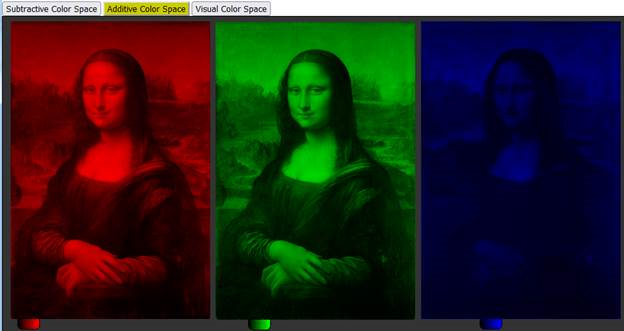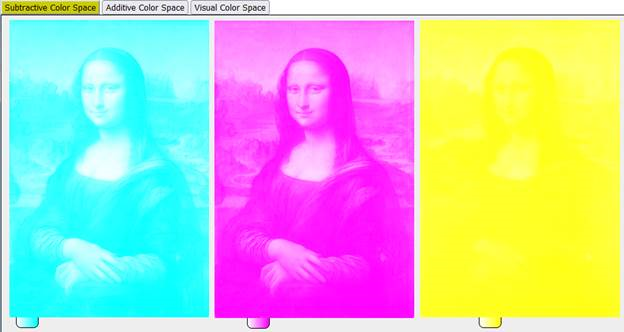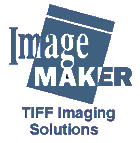Color Space
A "color space" is the set of colors in the visible spectrum that can be reproduced by a particular device.

How the eye sees color
There are three different cones in our eye that are used to perceive color. The Red cone is sensitive to the lower range of spectral
light (red). The Green cone is sensitive to the middle range of spectral light (green), and the Blue cone is sensitive to the upper
range of spectral light (blue). These sensitivities to color overlap, so that when the spectral color 'yellow' hits the eye, it fires
both the Red cone and the Green cone, and our brain sees the color yellow. When spectral Cyan hits the eye, it fires both the
Green cone, and the Blue cone, and our brain sees cyan. White light is composed of all the colors in the spectrum, and when all
three cones are fired, our brain sees white.
Where things get interesting is you can fool the brain into thinking it sees yellow by shining both a green and red spectral light into the eye.
In this fashion, the colors of nature can be reproduced using just three spectral colors: red, green,
and blue. This feature of our eye is the foundation for how color reproduction works, and is the basis of color photography, color
television, color printing, color lighting, color paint mixing, and color computer display screens.
RGB additive color space

In a darkened room, the three primaries are Red, Green and Blue. These three spectral colors, when shone into our eyes,
modulated with different levels of intensity, can be used to closely reproduce the full set of visible colors. This is how a
projector, color television, or color computer display reproduce color.
CMY subtractive color space

In a lit room, light reflects off of surfaces, and our eye perceives the color of the reflected light. When light is reflected
off a green leaf, the red and blue ends of the spectrum are absorbed, and our eye sees the reflected green spectral light. The color cyan (the color of the
sky during the day), is all of the spectral colors reflected back except for red. The color magenta (a primary color that does
not have a spectral equivalent), is all the spectral colors reflected back except for Green. The color yellow is all the spectral
colors reflected back except for blue.
If you were to take three transparencies (cyan, magenta, and yellow) and overlap them, the yellow transparency absorbs blue,
the magenta transparency absorbs green, and the cyan transparency absorbs red. In this fashion, if all three transparencies
overlap, red, green and blue is absorbed, nothing is reflected back, and our eye perceives black. This is how color paint mixing,
and color offset printing reproduce color.
HSL visual color space

Color can be described as having three distinct visual attributes: hue, saturation, and luminosity. Hue is the part of the spectrum the color matches (plus magenta).
Saturation is how far the color is from grey (as a color becomes more saturated, it is perceived as more colorful). In the above simulation,
the saturation is visualized as shades of magenta. Luminosity is the intensity of the color, matching what our eyes would see if the
image was rendered in black and white. Hue, saturation and luminosity are the attributes that people use to talk about color in decorating, fashion, painting,
architecture, and image reproduction.





















 Version 6.0
Version 6.0




